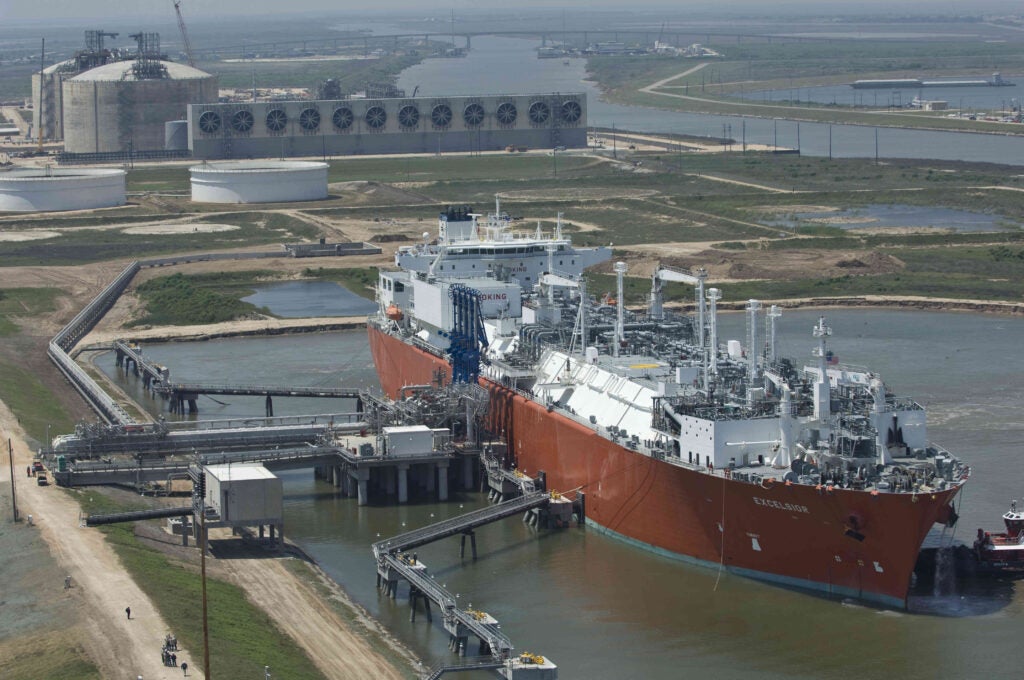British energy giant bp announced on Thursday that it has reduced its leadership team to ten members to simplify its organisational structure.
Murray Auchincloss, bp’s CEO, said in a statement: “As I set out in February, BP’s destination from IOC [international oil company] to IEC [integrated energy company] is unchanged – and we need to deliver as a simpler, more focused, and higher-value company. These changes will help us do just that, reducing complexity within BP, allowing our team to focus on delivering our priorities and growing the value of BP.”
William Lin, who previously held the position of leading regions, corporates and solutions, has now been assigned to lead the gas and low-carbon energy business, taking over the role from Anja-Isabel Dotzenrath, who has decided to retire from bp and her executive career.
Lin is on bp's leadership team as the executive vice-president for regions, corporate and solutions (RC&S), which plays a crucial role in integrating bp's global activities with customers, partners and governments, bp said.
“Anja has made a hugely positive and lasting impact, building a world-class team and low-carbon business platform and leading and implementing the right low-carbon strategy for BP in the long term,” Auchincloss added.
Emeka Emembolu has been appointed to head bp’s technology function, succeeding Leigh-Ann Russell, who has resigned to pursue an external opportunity.
Emembolu started his career at BP 25 years ago as an offshore engineer. He later managed BP's operations in the North Sea before joining the executive office.
According to the statement, BP will maintain three main businesses: production and operations, gas and low-carbon energy, and customers and products, supported by trading and shipping services.
BP has announced that it will integrate the current regions, corporates and solutions organisations into its businesses and functions. The company will now be supported by five functions: finance; technology; strategy, sustainability and ventures; people and culture; and legal.
The energy giant said that these changes aim to reduce duplication and simplify the complexity of the reporting line. Nevertheless, bp's financial reporting structure will remain unchanged.















